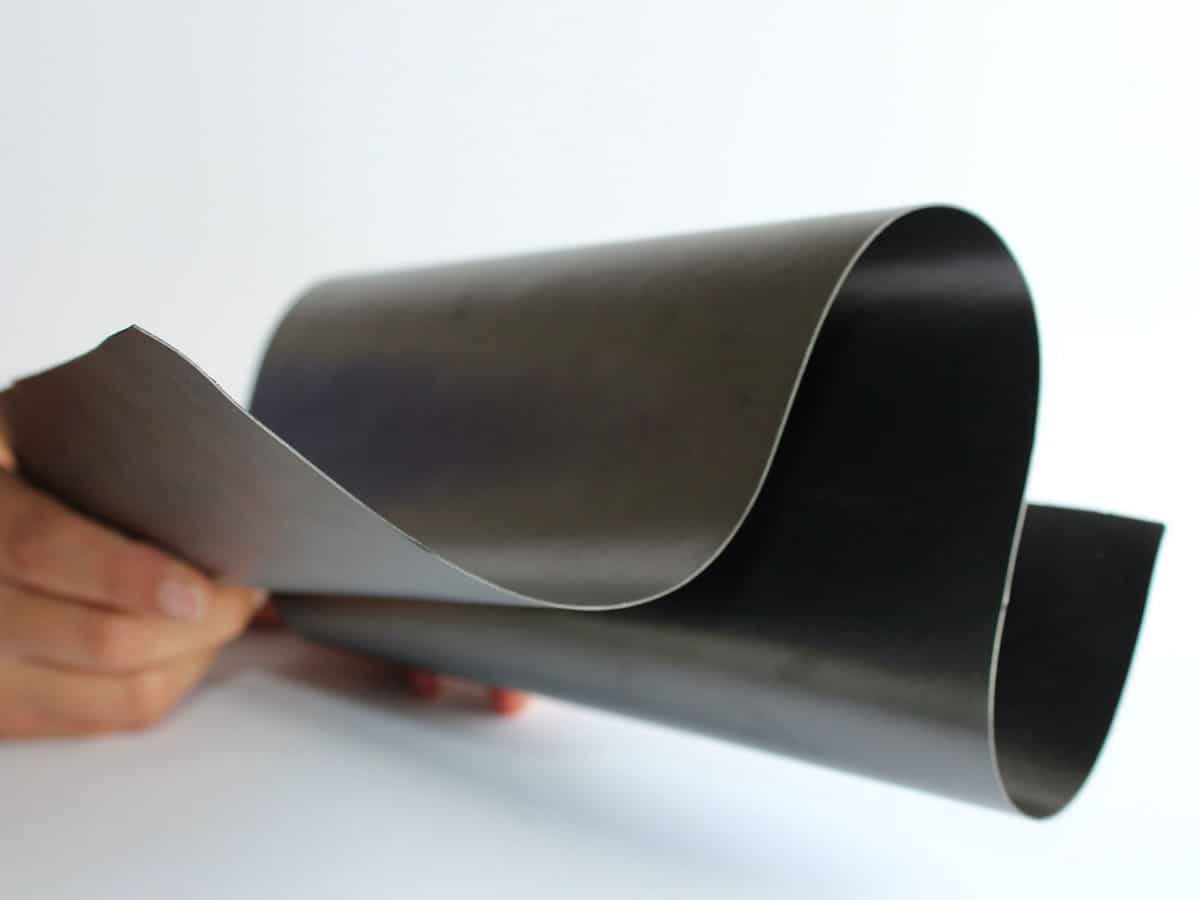
Bipolar plates based on carbon can be a cheaper and, at the same time, scalable alternative to titanium, think researchers at the institute Fraunhofer UMSICHT. A new and patented carbon-based bipolar plate from the scientists consists of a thermoplastic polymer-bonded carbon matrix with conductive additives such as carbon black and graphite. It is produced in a powder-to-roll process. Because PEM electrolysis is generally not very economical at the moment, as the bipolar plate, an important key component, is usually made of corrosion-resistant titanium, which is more expensive than other metals due to the complex extraction and processing involved.
The new material and the innovative production process enable the continuous production of a bipolar plate that is both easy to process and weldable and is already being used commercially in the field of redox flow batteries. The researchers have already subjected this bipolar plate as well as a bipolar plate made of titanium to several tests. Among other things, the bipolar plates were subjected to accelerated ageing tests for over 500 hours.
In essence, the scientists have found that the carbon-based bipolar plate has a low ageing rate and therefore shows promising performance. This means that it can certainly compete with titanium bipolar plates and represents a much more cost-effective alternative. Another advantage: Because of its material properties during welding, the innovative material enables new designs for PEM electrolyzers.
More articles about bipolar plates start on page 37.








